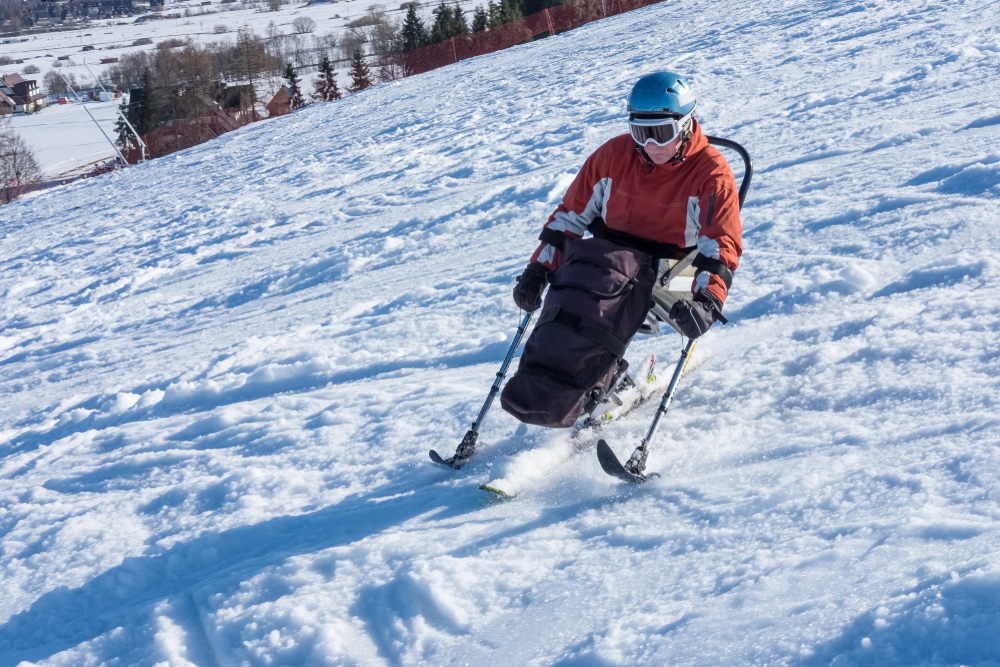Make an Appointment
It’s the start of 2021. The slogan of “new year, new me” has never been more relevant after this past year. Let’s be honest, 2020 has been tough on most of us.
Our fitness routines have gone by the wayside and that fridge has been calling our name at our WFH set up! So what better time to get back on track with the start of the New Year?!
But hang on, there are a few things to consider before jumping back into your “Pre-COVID” routine. What have you been doing for activity since starting your work from home journey? Have you put on some kilos? Do you have a good workstation set up? How has your diet been?
Going too hard too fast is a very common thing we see here at Physio Inq. So with that in mind, let’s talk about a few tips if you’re wondering how to get my health back on track and some ways to avoid injuring yourself in the process!
1. Give yourself at least 48 hours between sessions.
Allowing your body to recover is key to getting back on track. This will give all your tissues time to adapt to the higher load you are placing on them.
Limit yourself to three sessions a week for the first two weeks (or even less!)
Muscular strength is increased by load which results in small micro-tears of the muscular fibres.� Allowing them to heal before adding more load will allow them to get stronger! So, don’t overdo it and make sure you’re giving your muscles plenty of time to recover and reboot.
2. Gauge your number of reps by intensity instead of the number.
Instead of completing that mandatory 3 sets of 10, make sure your loading reflects a decent effort and you aren’t over-doing it.
Aim for 60% of your max. For example, if 10/10 is a failure, aim for 6/10. If you are completing cardio exercises, you shouldn’t be able to sing or have a conversation with your friend. But, you also don’t want to be gasping.
Long story short, your fitness levels may have gone way down compared to your pre-COVID levels. That’s why you’re getting back on track right? So, listen to your body and don’t do too much. Slowly but surely you’ll be able to work your way up to higher intensity workouts.
3. Warm-Up and Cool Down
Complete a warm-up! We can’t stress this one enough. It’s the easiest way to prevent unnecessary injuries when getting back on track with a fitness routine.
Focus on getting all the joints moving and lubricated. For example, complete your glute activation work and your back/hip/ankle mobility before getting into those squats.
Generally, this should also include some light cardio to increase your heart rate and get the blood pumping!
And don’t forget to cool down either! Static stretching and gently calming down your heart rate improves flexibility and can prevent future injuries. The more agile and flexible you are, the less prone to injury you become. So, both warm-ups and cool downs are super important!
4. Ease into jumping exercises.
Any jumping, hopping or skipping exercises should be started or re-added carefully. These exercises cause the biggest loads on tendons and bones.
Take the non-jumping modifications of your normal workouts when you’re first getting back into the swing of things and make sure that when you do add jumping, you’re allowing extra recovery time. Your body can take up to 72 hours to recover afterwards.
5. Sleep and eat well.
Sleep is by far the best recovery tool! Getting 7 to 9 hours of sleep every night is important at all times but especially when exercising. This is the time when your muscles rebuild and your energy levels are restored.
It’s easy to skimp on sleep but certainly not worth it, especially when you’re pushing your body harder than it’s used to since COVID.
With diet, if your calorie output through exercise goes up, you need to give your body the nutrients to recover from the higher level of activity. Make sure you’re getting in your leafy greens, grains, and protein to help those tissues grow!

6. Choose your workouts wisel
Even if you used to lifting weights regularly or going for a 5K run every other day before the pandemic, chances are, these probably won’t be the best workouts to do when you’re first getting back into the swing of things.
So, choose low-impact workouts for the first few months to get your body re-acclimated to exercise. Yoga or Pilates are good places to start since they often have modification options and low-impact bodyweight workouts are generally safe for beginners or restarting a fitness routine.
Even better, make an appointment with a physiotherapist to help you come up with an exercise routine that meets your appropriate level. By working with a professional, you’ll be pushed to your limits but they’ll make sure it’s done safely and without injury.
7. Learn from your mistakes.
So, you’ve fallen off the wagon. That’s totally normal now and then. And especially considering the state of the world, it’s perfectly understandable. However, instead of getting down about it, choose to learn from your mistakes and make changes based on actual data.
Perhaps you binged on treats a little too often in 2020. That might teach you not to keep treats in the house and only indulge on a night out when it’s really a treat.
Or, perhaps home workouts just aren’t doing it for you. That might mean you should get outside,� workout with a friend, or book an appointment with an exercise physiotherapist.
Learn from what went wrong in 2020 and you’ll get back on track in no time.
8. Set realistic goals.
Another key to getting back on track after last year is by setting realistic, achievable goals. That means, don’t change everything at once and only bite off what you can chew.
When we want to make changes in our lives, it’s so easy to set lofty goals, planning to overhaul everything instead of setting more realistic goals that are actually doable.
For example, simply aiming to move your body somehow, someway every day is a perfectly reasonable goal that’s totally attainable. And you might be surprised at how much of a difference it makes.
9. Don’t punish yourself.
When we come from a place of punishment, things can get a little out of hand. We tend to get injured in an attempt to make a comeback because we’re punishing ourselves for any results we feel we’ve lost.
A better method is offering kindness to yourself, accepting that you need to get back on track, and taking it slow. When we let our emotions take over, it can cloud our judgement and in the spirit of punishment, we might do too much too soon.
So, don’t punish yourself. Getting back on track is all part of the process.
10. A little goes a long way.
At the end of the day, a little bit does go a long way. However, you actually have to do that little bit. Sometimes this tip can get confused with not doing much at all and still expecting results. On the contrary, doing a little bit every day can help you get back on track to a healthier you.
Not to mention, doing just a little (especially in the beginning) and a surefire way to prevent injuries. After taking time off, you don’t want to just jump right back into your regular routine. So, starting with just a little can go a long way towards getting your body back in pre-COVID shape.
11. Remember your “why.”
Last but not least, remembering why you want to take care of your health is the best way to get back on track once and for all. Always coming back to your “why” is so important and can really give you that final push to take matters into your own hands.
Maybe your “why” is making sure you live as long as possible to see your kids and grandchildren grow up. Maybe you’re training for a triathlon and want to prove to yourself that you can do it. Maybe you simply want to feel and look better.
Remembering why you started helps you stay motivated on the off days and can even prevent you from completely falling off the horse again. When you know why you’re eating better and keeping up with your exercise routine, it becomes a lot easier to stick with it.
Come in and see one of our knowledgeable Exercise Physiologist and get back on track with your fitness routine after a bumpy 2020! We’re here to support you along the way. So, stay injury-free and fitter than ever. Call Physio Inq today!
Date Published: Thursday, April 22, 2021
Need to get into direct contact with ur Client Services team? We're all ears. Call our team directly on 1300 731 733













